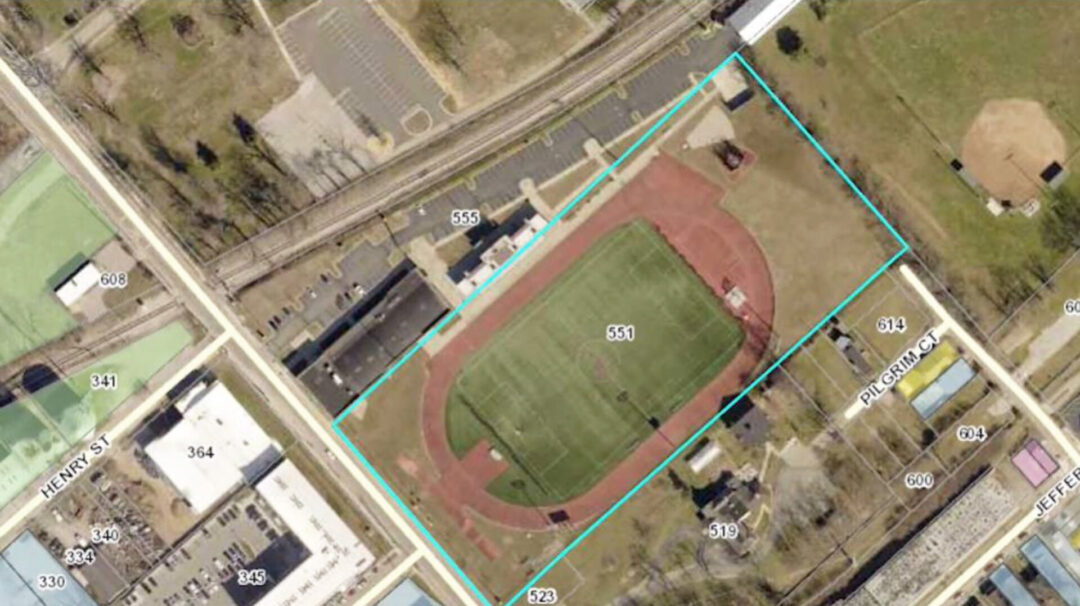This year, the City of Lexington is preparing to update the goals and objectives for the 2023 Comprehensive Plan. The Comprehensive Plan sets the direction for policies and regulations related to our city’s growth and development across several areas including jobs, housing affordability, equity and urban/rural balance. Updates to the plan occur every five years.
With more than 90 percent of the land within the city’s Urban Service Boundary (USB) developed, this will be a difficult process as city officials attempt to balance the priorities of many citizen groups with policies that allow Lexington to continue to maintain a strong economy and quality of life.
Housing affordability issues, lack of land for job creation and increasing gentrification in neighborhoods are increasing pressures on city leaders to rethink an infill and redevelopment only strategy and adopt a more balanced approach that allows for some flexibility related to boundary for responsible growth to meet community needs, especially in areas near the interstate.
This isn’t a new idea. One central goal of the 2018 Plan approved by the Urban County Council was for the city to complete a study that designates rural land for long-term preservation, identifies land for potential future urban development and specifies triggers, thresholds and timing for the addition of the identified urban land into the USB. More than 70 percent of Fayette County’s land is designated rural and is outside the USB.
In 2019, a Sustainable Growth Task Force, appointed by Mayor Gorton, was tasked with providing the Urban County Council with this study to help guide the next Comprehensive Plan process.
Unfortunately, the Task Force has drafted a report that is half-finished. Although the report does provide an update on the number of acres of vacant land inside the USB, it does not provide a completely accurate assessment. In some cases, the report identifies land as vacant or underutilized when these properties are clearly not available for development and will not be anytime soon (examples below).

The report also develops a complicated framework for determining if the land inside the USB is meeting community needs for housing and jobs land based on input from limited group of community stakeholders. Finally, the report does not designate rural land for preservation or identify potential land for urban development.
The time is now to responsibly plan for Lexington’s future. We can’t afford to wait another five years to plan for commonsense planning tools to be developed.
Why should you care?
- Lack of available housing leads to skyrocketing prices, which puts homeownership out of reach for many Lexingtonians.
- Density becomes the only option – with one possible scenario putting 26,000 housing units (the equivalent of the city of Owensboro) in one location off Tates Creek Road.
- Lexington has already lost 1,500 jobs to surrounding counties with another 1,000+ in jeopardy of relocating elsewhere, which means our city has lost – and will continue to lose — payroll taxes and talent. A 2019 study underscored that the city could be facing a budget deficit of as much as $17 million by 2024. Higher taxes or cuts in essential services could be the result.
The report’s failings:
- It has identified land for future growth that isn’t available. Consider just these six examples:
- The Transylvania Athletics Complex is considered vacant industrial land.
- Some property belonging to Shiloh Baptist Church.
- Existing apartments at Rose Lane/Woodland.
- 55 acres in Coldstream that is an existing animal diagnostic lab.
- Land that must remain vacant as part of Lexington’s $590 million consent decree with the EPA.
- Flood plains and other environmentally restricted properties.
- The task force lowered the pass/fail threshold of acceptable land policy to 50% of the Comprehensive Plan’s goals and objectives. Meeting 50% of a community’s needs is a failing grade. Lexington must demand more.
- Of the 11 criterion that will be utilized if the plan passes, “providing and sustaining readily available publicly controlled economic development” ranked second to last. It ranked lower than “help Lexington prioritize multi-modal options that de-emphasize single-occupancy vehicle dependence.”
How to get involved:
Please contact council members at councilmembers@lexingtonky.gov and tell them we must look beyond the city’s report and create realistic land policies that will make more land truly available so more people can work, and afford to live, in Lexington.
